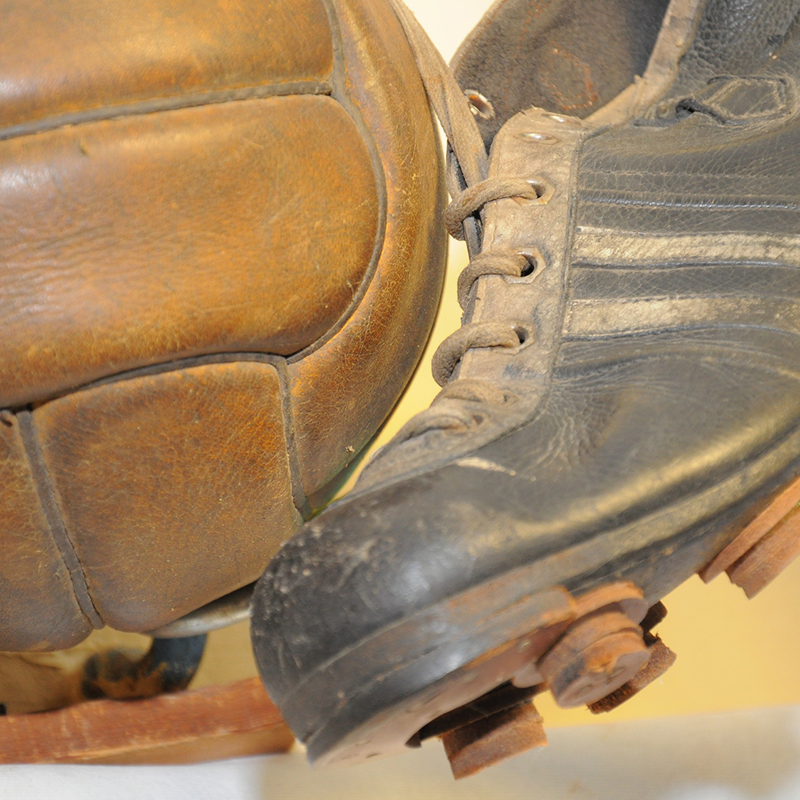How would a goal as controversial as the one at Wembley in 1966 have gone down in soccer history if sophisticated technology had existed in those days? The technology was not developed until almost 50 years later, by the company GoalControl from Aachen. The system of the same name is based on 14 high-speed cameras arranged around the pitch and pointing at both goals. They produce 500 images per second. As soon as the ball approaches the goal line, its position is recorded in three dimensions. When the ball has completely crossed the goal line, the referee immediately receives a signal on a watch on his wrist – and then decides: goal or no goal. All images from the cameras are recorded, so the decision can still be reviewed afterwards.
GoalControl – keeping an eye on the ball
Since the decision of the International Football Association Board (IFAB) on July 5, 2012, the technology has been allowed in international soccer. In spring 2013, the system received the official FIFA license. GoalControl was used as the official goal-line technology in the opening match of the Confederations Cup between Brazil and Japan in the same year. There will be no more goals like the famous Wembley goal – at least that is what many sports fans hope.
(Header image: Thaut Images – AdobeStock.com, in the article: Maxxl (CC BY-SA license))




